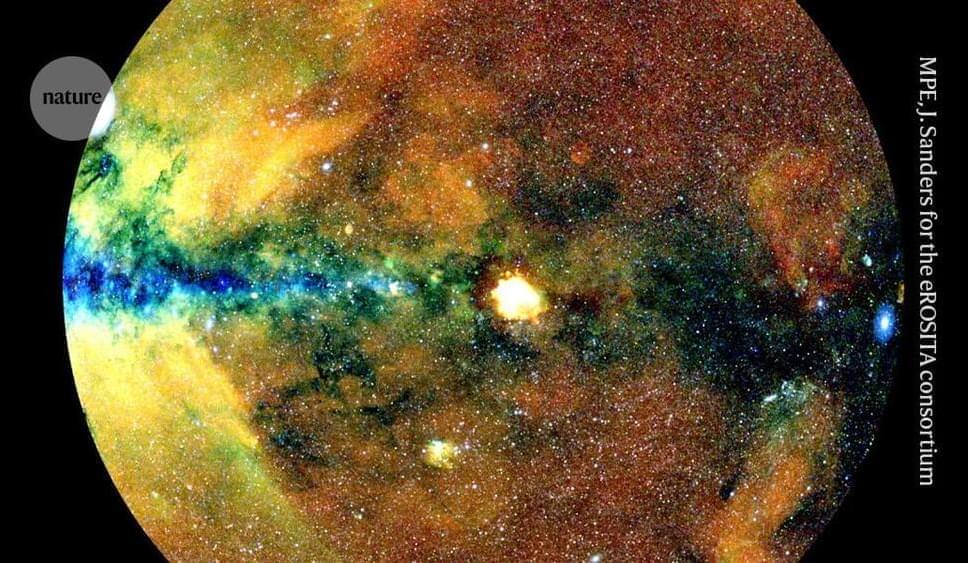Will it be the future in AI and overcome the LLM limitations?
Get the latest international news and world events from around the world.
A New Theory of Everything Just Dropped!
Learn maths and science on Brilliant! If you use my link, the first 30 days are free, plus you get 20% off the annual premium subscription ➜ https://brilliant.org/sabine.
I got a bunch of requests to comment on a new attempt at a theory of everything that supposedly combines quantum physics with general relativity. I had a look, and this is a quick comment. First reaction, basically. Didn’t get far in the paper, as you will see. I am sorry in case I appear unkind, but this kind of stuff really pisses me off.
The paper is here: https://www.sciencedirect.com/science…
🤓 Check out my new quiz app ➜ http://quizwithit.com/
💌 Support me on Donorbox ➜ https://donorbox.org/swtg.
📝 Transcripts and written news on Substack ➜ https://sciencewtg.substack.com/
👉 Transcript with links to references on Patreon ➜ / sabine.
📩 Free weekly science newsletter ➜ https://sabinehossenfelder.com/newsle…
👂 Audio only podcast ➜ https://open.spotify.com/show/0MkNfXl…
🔗 Join this channel to get access to perks ➜
/ @sabinehossenfelder.
🖼️ On instagram ➜ / sciencewtg.
#science #sciencenews #physics
Superfluid Dark Matter
A brief explanation of how superfluid dark matter can combine fluid dark matter and modified gravity.
For galaxy clusters and for the cosmic microwave background, dark matter matter is the better explanation. But to explain galactic rotation curves and other properties of galaxies, modified gravity is the better explanation.
Until now, physicists have taken an either-or approach. In this video I argue that the answer may be a combination of both. This idea may be realized through dark matter which forms a superfluid. In this case dark matter has two phases, a normally fluid phase and a superfluid phase. In the latter phase, it has no internal friction and appears like modified gravity.
Taken together, so I argue, this explains the existing data best.
Support me on Patreon:
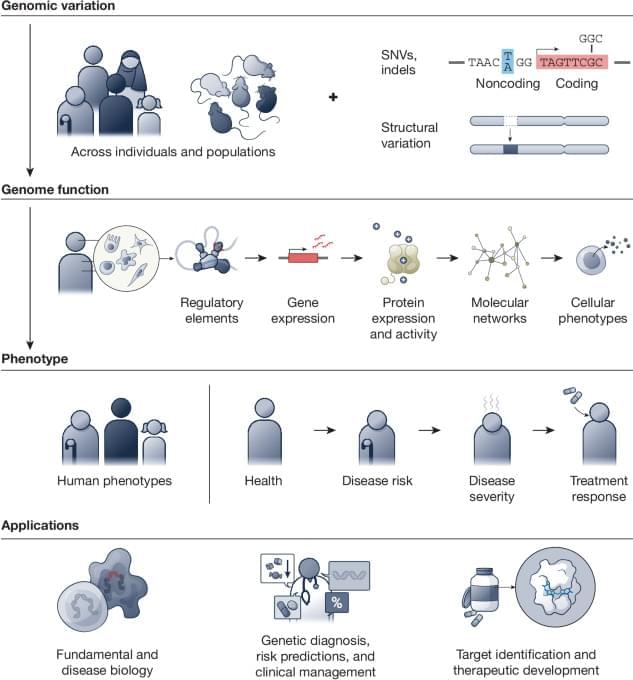
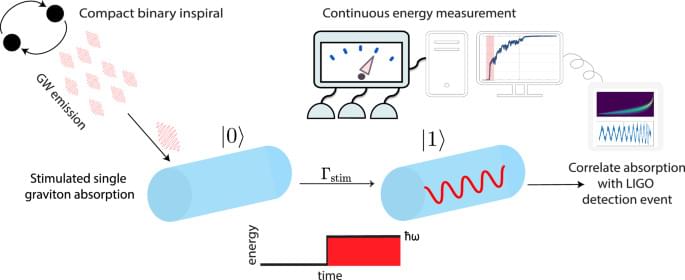
Detecting single gravitons with quantum sensing
While it has been suggested that low-energy experiments might allow to find evidence for quantization of gravity, direct detection of single gravitons has normally been considered a hopeless task. Here, the authors suggest that a massive body cooled to the ground state in a gravitational wave background should display detectable stimulated single gravitonions.
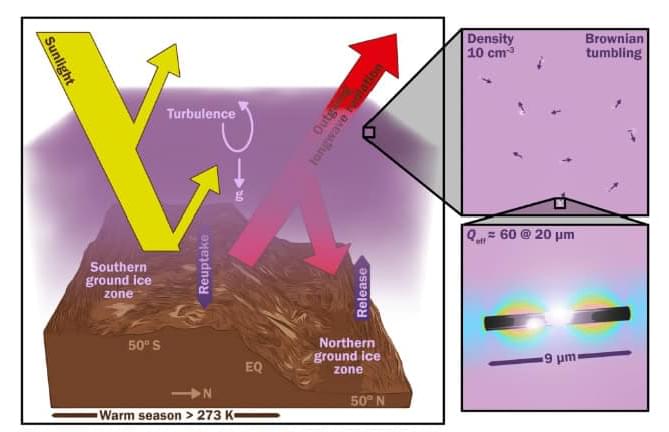
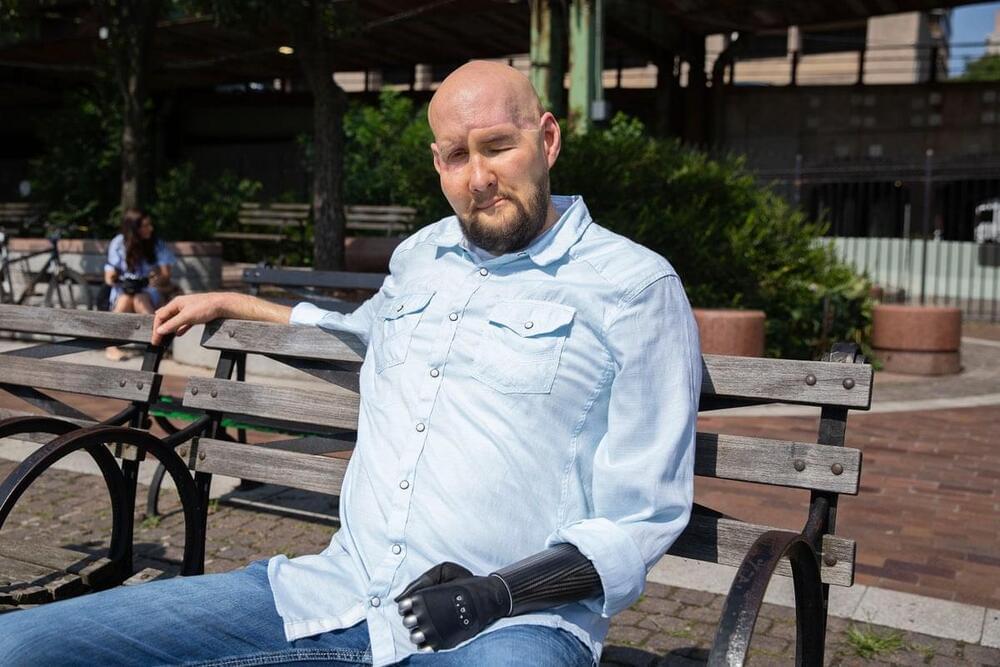
The First Person to Receive an Eye and Face Transplant Is Recovering Well
A man who received a partial face and eye transplant after a serious accident does not have any vision in the transplanted eye, but the eye itself is still alive.
By Tanya Lewis
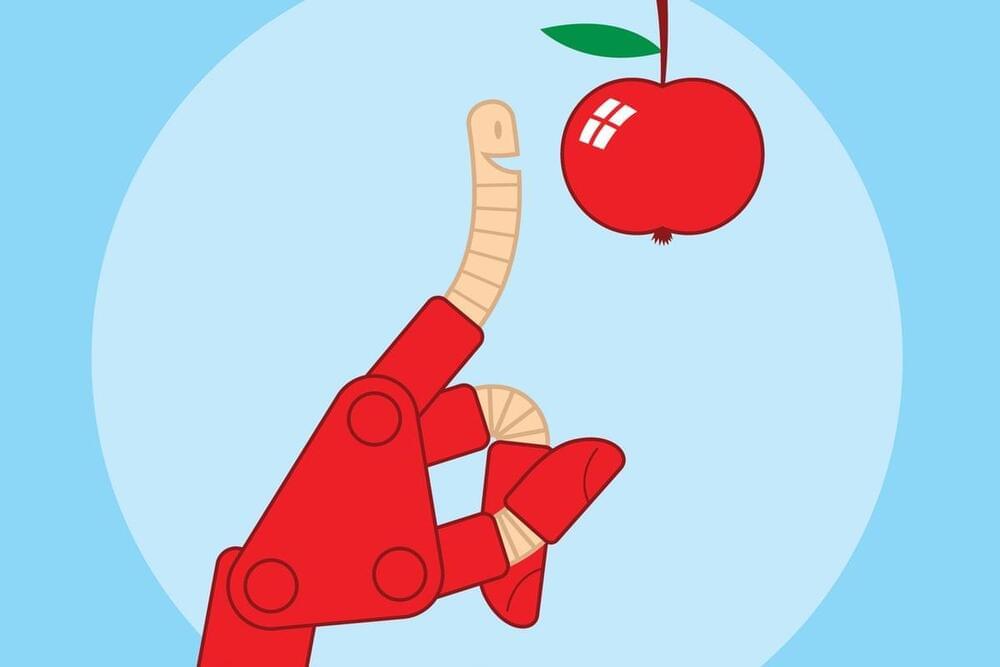
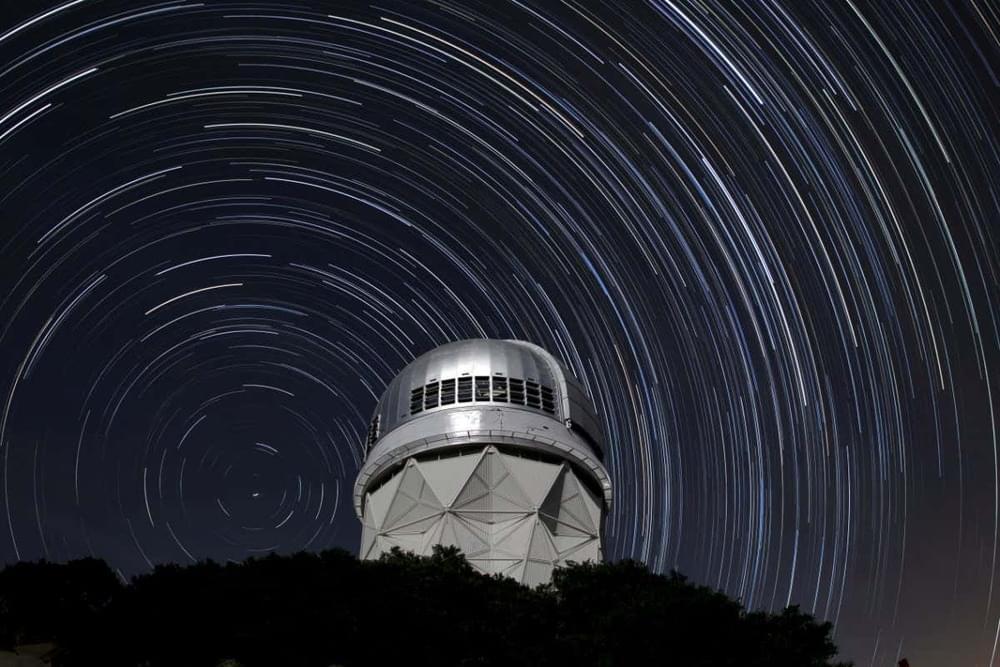
Largest 3D map of the universe contains 8 million galaxies
face_with_colon_three year 2022.
Astrophysicists hope a map created by the Dark Energy Spectroscopic Instrument will help answer questions about the expansion of the universe.
